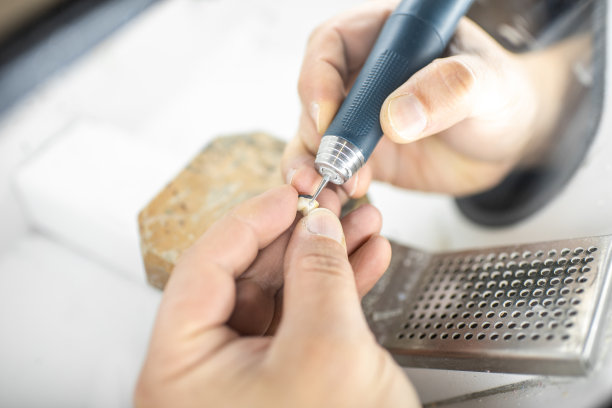The Journey of Extracting a Tooth Understanding the Process Pain Management and Recovery Tips
Summary: The process of tooth extraction can be daunting, yet it is often necessary for maintaining oral health. This article explores the journey of extracting a tooth, beginning with an understanding of the extraction process, followed by effective pain management techniques, and concluding with essential recovery tips. Each section focuses on alleviating anxiety and ensuring a smooth experience from the initial consultation to the post-extraction phase. Readers will gain insight into what to expect, how to manage discomfort, and how to facilitate a speedy recovery, making tooth extraction a manageable part of dental care.
1. Understanding the Tooth Extraction Process

The first step in the tooth extraction process typically involves a consultation with a dentist or oral surgeon. During this consultation, the professional evaluates the tooth and takes X-rays if necessary to understand the root structure and any underlying issues. This preliminary assessment is crucial in determining whether an extraction is the best course of action.
Once a decision has been made, the dentist will explain the procedure to the patient. It’s important to discuss any concerns about the extraction method, be it a simple extraction for teeth that are visible or a surgical extraction for those that are not easily accessible. This transparency helps in reducing anxiety associated with the procedure.
On the day of the extraction, the dentist will administer local anesthesia or sedation, depending on the complexity of the extraction and the patient’s comfort level. Once the anesthesia takes effect, the dentist will carefully remove the tooth using specialized instruments. The procedure usually lasts between 20 to 40 minutes, depending on the tooth’s condition.
2. Effective Pain Management Techniques
Pain management is a critical aspect of the tooth extraction process. Some level of discomfort is normal post-extraction, but effective pain management can make a significant difference in the recovery experience. Dentists often prescribe pain relievers to manage discomfort, which can be taken as directed to ease soreness.
In addition to medication, there are several home remedies that can aid in pain management. Applying ice packs to the side of the face where the extraction occurred can help reduce swelling and numb any pain. Rest is also vital—giving the body time to heal can make a significant impact on recovery.
Using saltwater rinses after a day can soothe the extraction site and promote healing. It is essential, however, to avoid vigorous rinsing, as this can dislodge the blood clot that forms in the socket, potentially leading to complications such as dry socket.
3. Essential Recovery Tips After Extraction
The recovery period following a tooth extraction is critical for ensuring proper healing. Typically, initial recovery takes place within the first 24 hours after surgery. Patients are advised to avoid strenuous activities and keep their heads elevated to minimize bleeding.
Diet plays an important role in recovery. Soft foods should be consumed during the initial healing phase to prevent irritation of the extraction site. Foods like yogurt, applesauce, and smoothies are excellent choices. It’s also advisable to avoid hot foods and beverages for several days, as heat may exacerbate swelling.
Maintaining oral hygiene is essential but should be done with caution. Brushing and flossing should be avoided in the extraction area for the first few days. Gentle rinsing with warm water can be done to keep the mouth clean. Additionally, scheduled follow-ups with the dentist can help monitor healing and address any concerns that may arise.
4. When to Contact Your Dentist
While some discomfort is expected following a tooth extraction, certain symptoms may warrant contacting your dentist. Increased pain, swelling that does not subside after a few days, or signs of infection such as fever and pus discharge are all signals that something may be wrong.
Dry socket is a common complication following tooth extractions, where the blood clot that forms in the socket is dislodged before healing occurs. If a patient notices a sudden increase in pain a few days post-extraction or a bad taste in their mouth, they should reach out to their dentist for an evaluation.
Overall, staying attuned to one’s body and being proactive in contacting the dentist if something seems off can facilitate a smoother recovery process. Establishing open communication with the dental care provider is key during this time.
Summary:
In summary, understanding the tooth extraction process, managing pain effectively, and following recovery tips are crucial for a positive dental experience. By knowing what to expect and how to care for oneself after the procedure, patients can minimize discomfort and ensure optimal healing.
This article is compiled by Vickong Dental and the content is for reference only.


